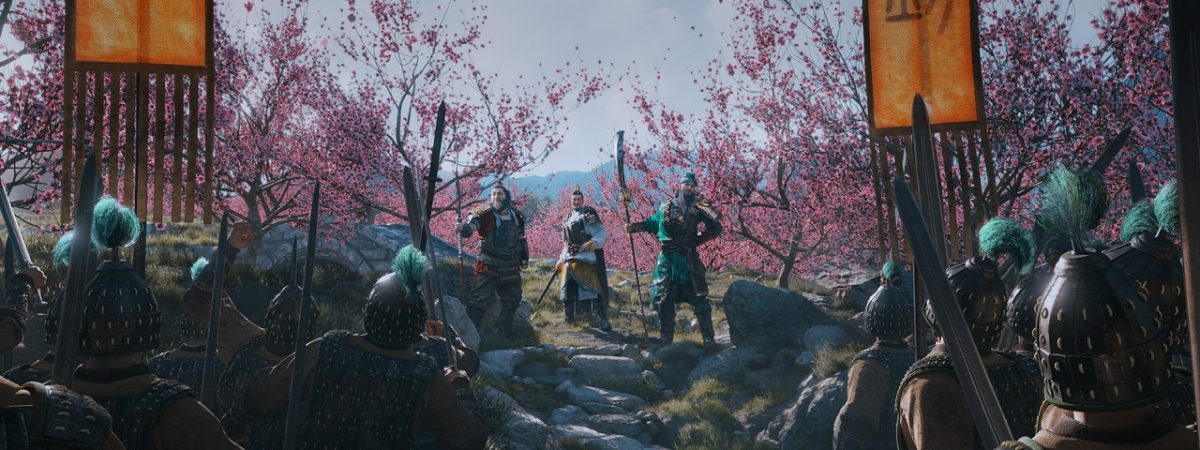Total War: Three Kingdoms is the next big upcoming release from Creative Assembly. The game, which is set in the Three Kingdoms era of Chinese history, and deeply inspired by the classical novel, Romance of the Three Kingdoms, is due to release next month. Earlier this month, ahead of the release of the studio’s The Prophet and The Warlock DLC for Total War: Warhammer 2, I had the opportunity to visit Creative Assembly and interview two of the lead developers on the project about Total War: Three Kingdoms; Writer Pete Stewart and Art Director Pawel Wojs.
This is the first half of the interview at Creative Assembly. Due to its length, we’ve divided it in two, and the second half will be coming soon! Make sure to stay tuned to the Total War page on VGR for that upcoming release.
Total War: Three Kingdoms Interview, Part 1
So, before we get started, can you please introduce yourselves and explain what your roles are here at Creative Assembly?
Pawel Wojs: “I’m Pawel Wojs, I’m the Art Director on Total War: Three Kingdoms, so yeah, my role is… directing the art.”
Pete Stewart: [Laughing] “Making it look pretty.”
Benjamin Boudreau (Senior Global PR Manager): “Your month-long holiday is showing!”
PS: “I’m Pete Stewart, a writer and designer on Total War: Three Kingdoms. So pretty much most of the words you’ll see in the game and more of the dynamics for conversation and VO systems.”
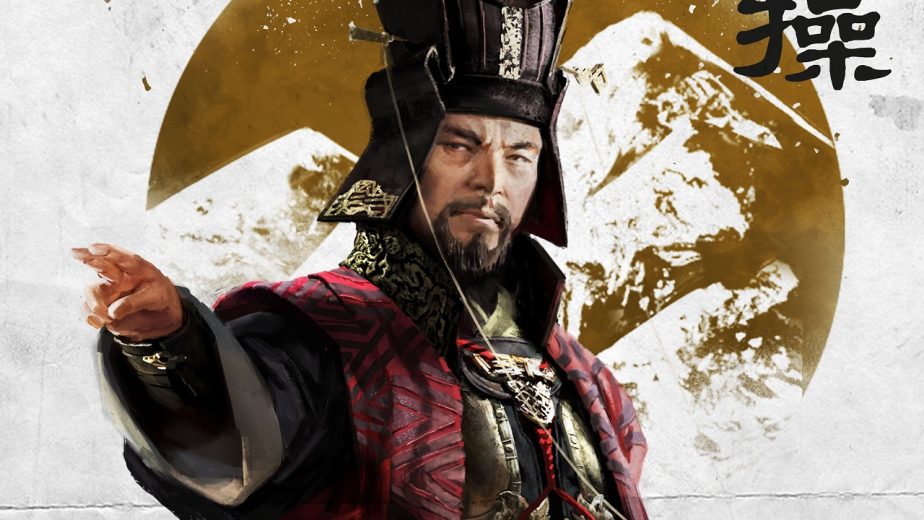
OK, so, has Three Kingdoms been a very different sort of game to work on than previous Total War titles, or has it been fairly similar?
PW: “Both. It’s been similar in a sense that it’s a historical title, we’ve been doing the same amount of research into the new culture, new period, but it’s also completely different because of the new culture and new period; the fact that it’s such a combination of the Romance of the Three Kingdoms and the historical records – it’s quite new for us. And also, it’s ground that we’ve not trodden before; it’s China, so it’s a whole load of new considerations.”
PS: “Yeah, and the way we approached it, specifically from a design point of view and from a writing point of view is taking a different tact. We’re trying to be a bit more, or a lot more, immersive than we have been in previous titles. Whereas a lot of previous titles we’re talking to you as if you’re the historian looking back on this period and now it’s very much; ‘you are one of these characters. You are involved with this.’
“Finding that voice and that right level has been a bit of a challenge, a bit different for most people, because, like Pawel says, having the records and more importantly, the Romance, means that it’s been written before by someone else in a lot of ways. So, finding a voice which is both respectful to that but also our own is new and exciting and a little bit difficult in places.”
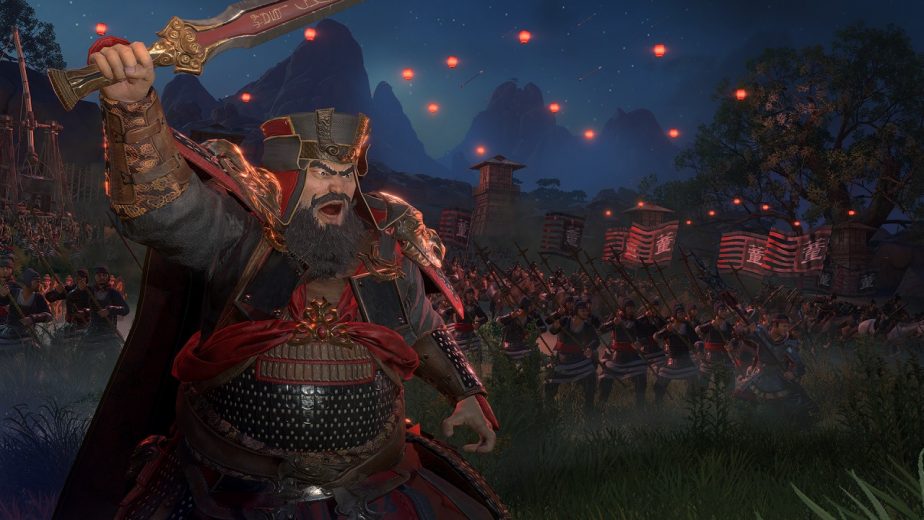
PW: “Even with the visual design, we want to change things up. We don’t want to just carry on down the same path as we have with the previous games, where we follow a very historical approach, very skeuomorphic design for UI, and things like that, so that it feels like a little artefact-y kind of thing. We wanted to make it a lot more modern, using – as we always do – using the historical and artistic influences of the period and the periods surrounding it, we really wanted to give it a much slicker, much more modern kind of feeling. A lot of our artistic inspiration was modern-day Chinese artists painting historical themes and painting in the same style but with a much more modern and clean approach.”
We wanted to make it a lot more modern, using – as we always do – using the historical and artistic influences of the period and the periods surrounding it, we really wanted to give it a much slicker, much more modern kind of feeling. A lot of our artistic inspiration was modern-day Chinese artists painting historical themes and painting in the same style but with a much more modern and clean approach.”
What do you think some key differences are, both in terms of art and story; some key differences in Total War: Three Kingdoms’ design as opposed to what’s come in the past?
PW: “The main difference I think, for both, is the focus on the characters. Because of the period, because of the Romance focus, there’s a huge focus on the characters. All of the hero design, visually, was the first thing we did. We had to establish the look for every single major character, because they’d been re-imagined in so many different ways, but never quite in the way that we wanted to picture them, which is this deeply authentic, historical kind of baseline but with a lot of influence from what fans of the period have come to expect from these heroes.

“Anyone who’s a fan of the period; they’re almost militant about how these characters should be and feel! So we really wanted to nail each character, with one of our objectives being that they need to be authentic; they need to be original in a way, but also instantly recognisable to anybody who’s a fan of the Three Kingdoms, be it the games or movies or anything else.”
PS: “And from the design point of view, it’s very much similar; the characters pin every single point of your campaign from the lowliest general to the faction leader. It’s less about, ‘Oh, you have a person in that role,’ and more that you have THIS person in that role. So who your faction leader is will affect how diplomacy works with other factions, because if they liked the previous leader but they don’t like you, that is more important a factor than you just being Cao Cao’s faction, for instance. There’s myriad positions, not just in the family tree but in the government, and each has a person in that role, and they will or will not get along with other people in the role, and putting someone there means that they’re too valuable to put into an army, and that kind of stuff.
“Even the spy system is done through characters rather than random sort of pieces as in the previous games. So, you’ll feel the acquisition and the loss of your characters much more poignantly, and you’ll be choosing like, ‘Where will that person go? Can I afford to lose this person?’ And again, the people who really like the Romance and the history will be seeing, like, ‘Oh, I just got Xiahou Dun, I’m going to keep him and make sure he’s always in battle because he can’t be beaten,’ and all that sort of stuff.”

PW: “We very much call it a character-centric kind of design. Everything stands with them at the core. It feeds into everything. Take unit card design, for example, the unit cards are intentionally this kind of faceless, shaded individual because the units aren’t important, they’re just collateral. What’s key is the main character, the heroes.”
How did you approach designing the famous characters who appear in Total War: Three Kingdoms, and making each feel distinct without going over-the-top with it?
PW: “Well first we researched a lot, we gathered every single bit of material – visual material – that we could find that depicted these characters. We had pop culture references, we had old artworks from the period, later illustrations, movies, TV shows, and then the actual written word that describes these characters. Romance of the Three Kingdoms and some historical texts were incredibly descriptive in describing these characters, down to the patterns on belts and tunics, and oddly-shaped faces. Bizarrely-shaped faces, in some cases – eyes you could see from the back of his head – it can be a bit bizarre, so obviously we had to take some of it with a pinch of salt! Not take it quite literally!”
I guess Guan Yu isn’t going to be nine feet tall!
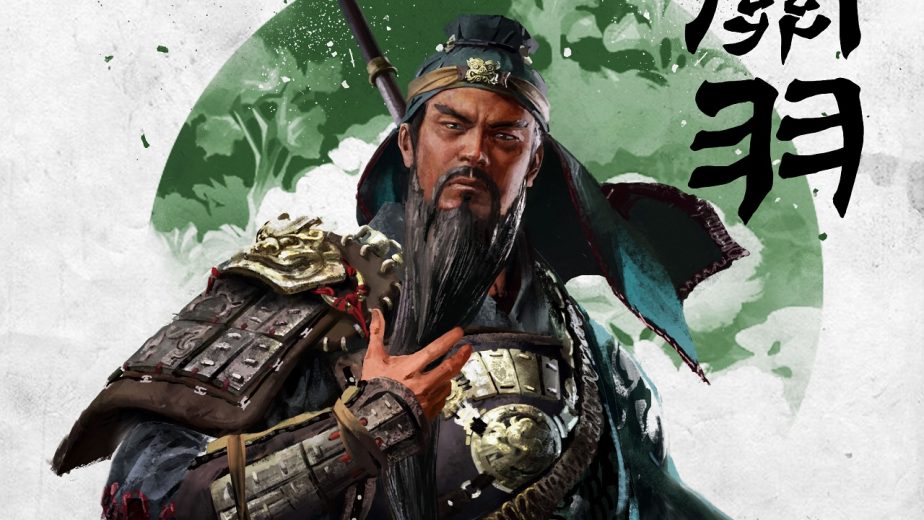
PW: “But we tried – we tried to use as much as possible. So Liu Bei does have much larger earlobes than any other character. All of the characters that were depicted or described as being really tall are taller than other characters, and the same with characters described as being quite short. So we tried to do as much as we could within the realms of what we can do with our characters.”
PS: “Finding their voices is a little bit different, because there’s so much; there’s the TV show, the movies, there’s Dynasty Warriors and other games and pieces of pop culture; you have to decide where on that spectrum you’re trying to land each different character. Because, like, the TV show Cao Cao is way different to the Red Cliff Cao Cao, for instance, so we probably skewed more towards the Red Cliff Cao Cao, but ultimately it’s taking their core characteristics; where do they align, what do they want, and then you can build out the character from there, essentially. You just have to keep it consistent.”
PW: “During the actual character design phase as well, during the early concepting phase, we… because we kind of did something different with concepts; because we needed to realise the characters and design them to a really high standard, we wanted to do really high-quality concepts – much higher and more illustrative than we’ve ever done before, and also because we wanted to use them in a 2D style within the UI, we involved a lot more people in the process.
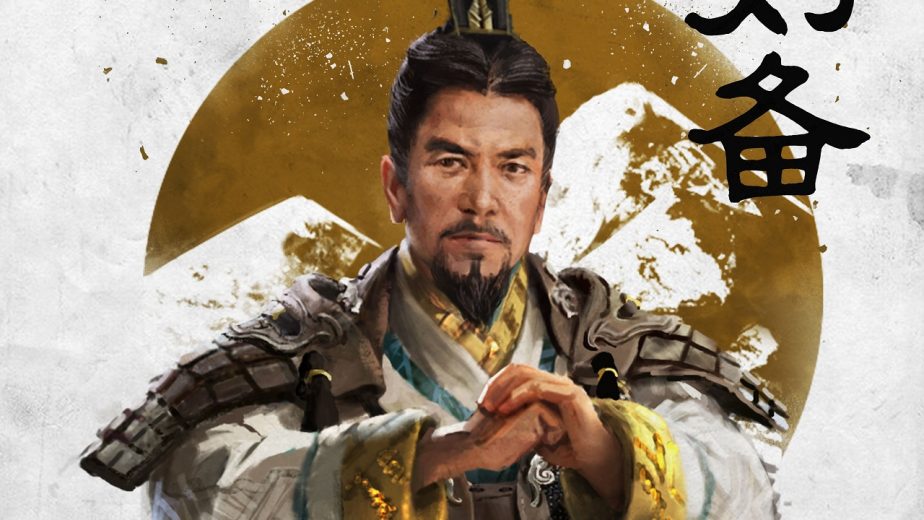
“So, when we got the first draft of a character, we found every single Three Kingdoms fan in the office, be it a fan of the book or the card games or any kind of fan, and basically just got them to have a look at the characters and then we took all their feedback on board. Someone would say, ‘Oh, he’s far too old, he needs to be way more handsome,’ all of these weird kind of ideas that people have about these characters, because you get so attached. I mean, even reading the book, you get so incredibly attached to all these characters that you build up a picture of them in your head and if you’re used to seeing them in other media, you kind of expect a certain thing from each of the characters. So we had to take all of this feedback and just build it into this final result.”
PS: “I know we’d talk about, a lot of times, like; ‘Cao Cao would never say this!’ Right, it’s gone, let’s get rid of it.”
How did you approach incorporating famous historical and literary events into a game where players can totally change the normal course of events?
PS: “Kind of by letting them find them. If you play the game and just happen to create the constellation of circumstances that would make a situation, it will happen. But also a lot of the events are more broadly just inspired by these kind of things. A player won’t just have an event when that specific thing happens, they’ll have an event when something like that happens. Going back to Xiahou Dun, if he fights a lot in battle and gets beaten in battle, he may very well lose his eye as he did in the Romance – and grossly eats it, just so it’s always with him!
“So those situations will occur as you play, and playing as Liu Bei, for instance, during your campaign you’ll hear whispers about Zhuge Liang and then if you keep at it he’ll show up. These sorts of things happen both in the early- and late-game. A couple of campaigns start with a thing from the novel as well, with Tao Shan I think, as well; Tao Shan events. They sort of frame some people’s campaigns. So, we’re kind of dedicated to showing off those moments as well, as we are creating similar situations for a player so they can create their own Three Kingdoms story without having to follow the playbook exactly.”
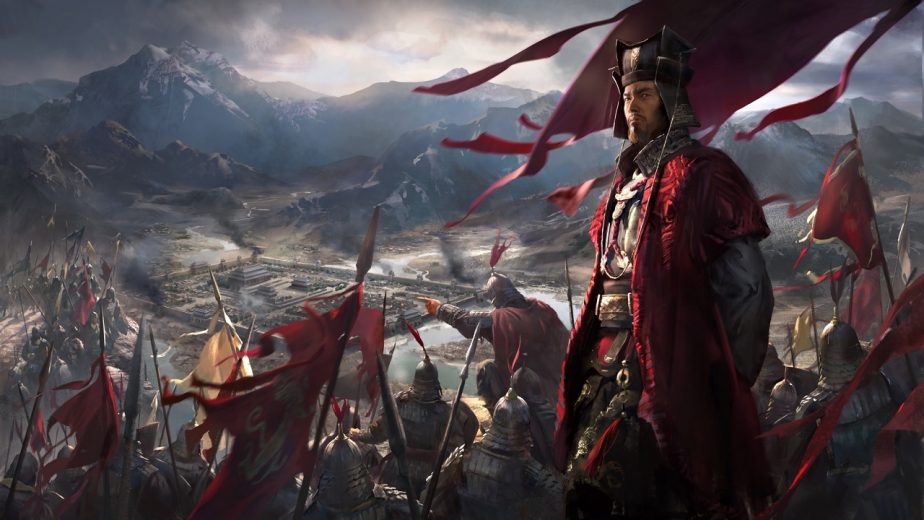
PW: “That’s the key, I mean, we maintain the Total War sandbox, so every time you’re presented with a Romantic event you have a choice, and we’re clear to the player that the choice they’re making is either the way it was – the Romance choice – or they can choose to do their own thing. So, as a player, you can choose not to go down the Romantic path as you know it, if you’re familiar with it, and choose to make your own thing. And yeah, we set the stage, we set things up so that certain characters are more likely to join a certain character that they would in the novels, so we kind of set it up, but then from the moment a player starts playing, they’re going to be able to choose to do what they want.”
PS: “The opening point of the game, where the campaign starts, that’s almost pitch perfect for what that point of the novel is like. So, we use that for like, ‘Cao Cao is here because he’s fled from battle,’ or ‘Sun Jian is here because he fell back to the south,’ and it’s like, ‘There you are, now what do you to do?’ in a sense.”
PW: “Even in the few turns after that, you know, Guo Jia will join Cao Cao, will appear in his pool, because he joined him in the novel. But it’s up to you as a player if you want to hire him. If you don’t and ignore him then he’ll move on and go somewhere else. It’s quite cool in that way; you have the choice. So you can really play out your own version of Romance. It will be your version, because the way the game plays out and the way the other factions play out is different every time.”
PS: “The beauty of the actual Romance side of the history itself is that so much happened! Like, all of the time, it was always this kind of continually churning through, so you’ll always see little tiny pieces of the history.”
End of Part One
Stay tuned to the Total War page on VGR for the second half of this Total War: Three Kingdoms interview, coming soon!

